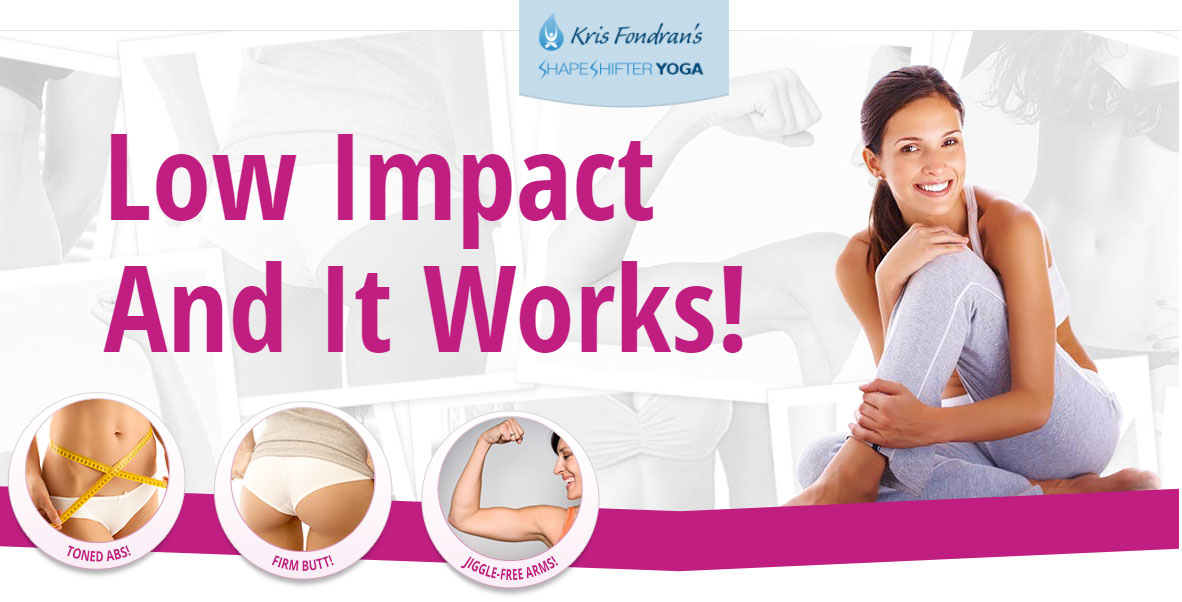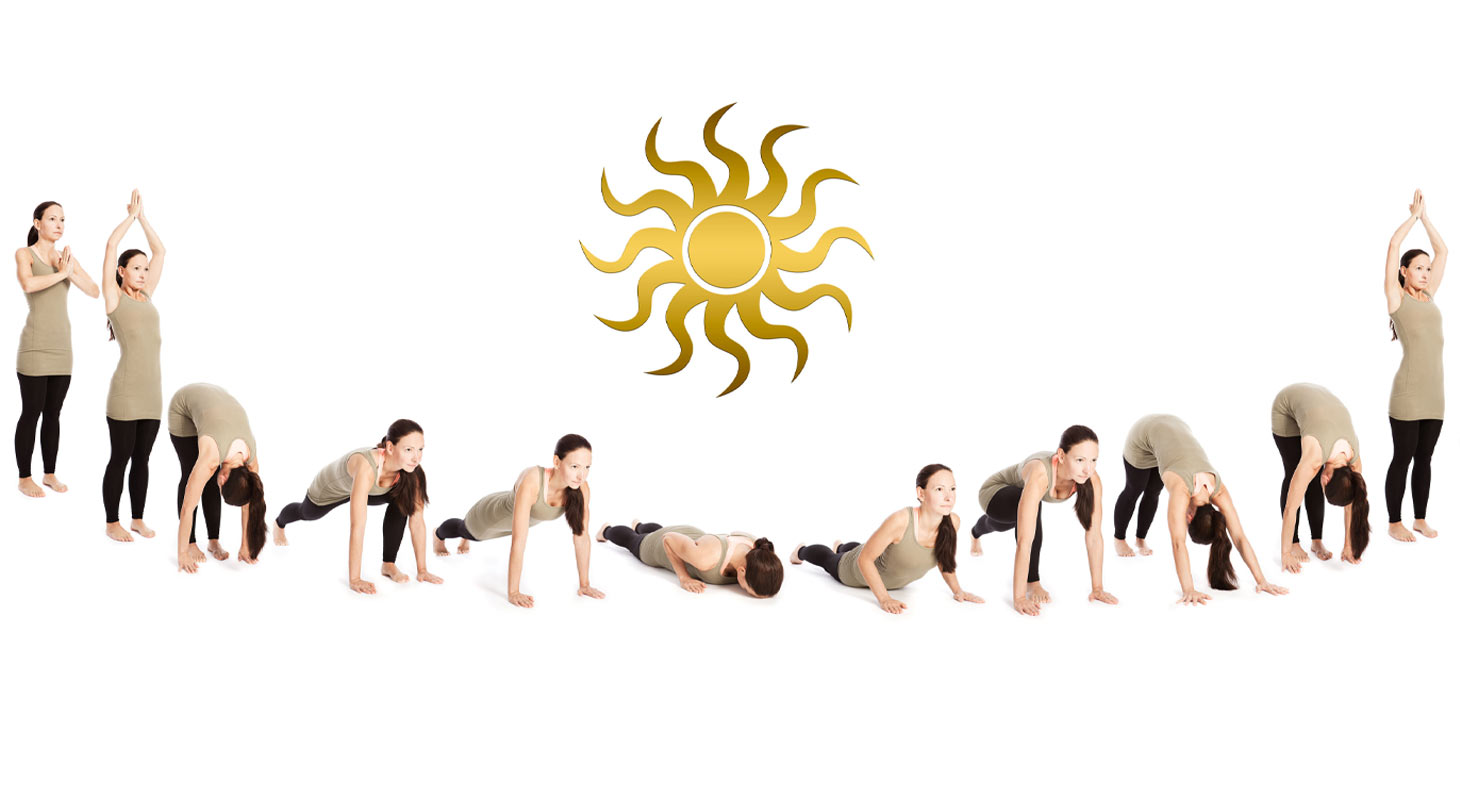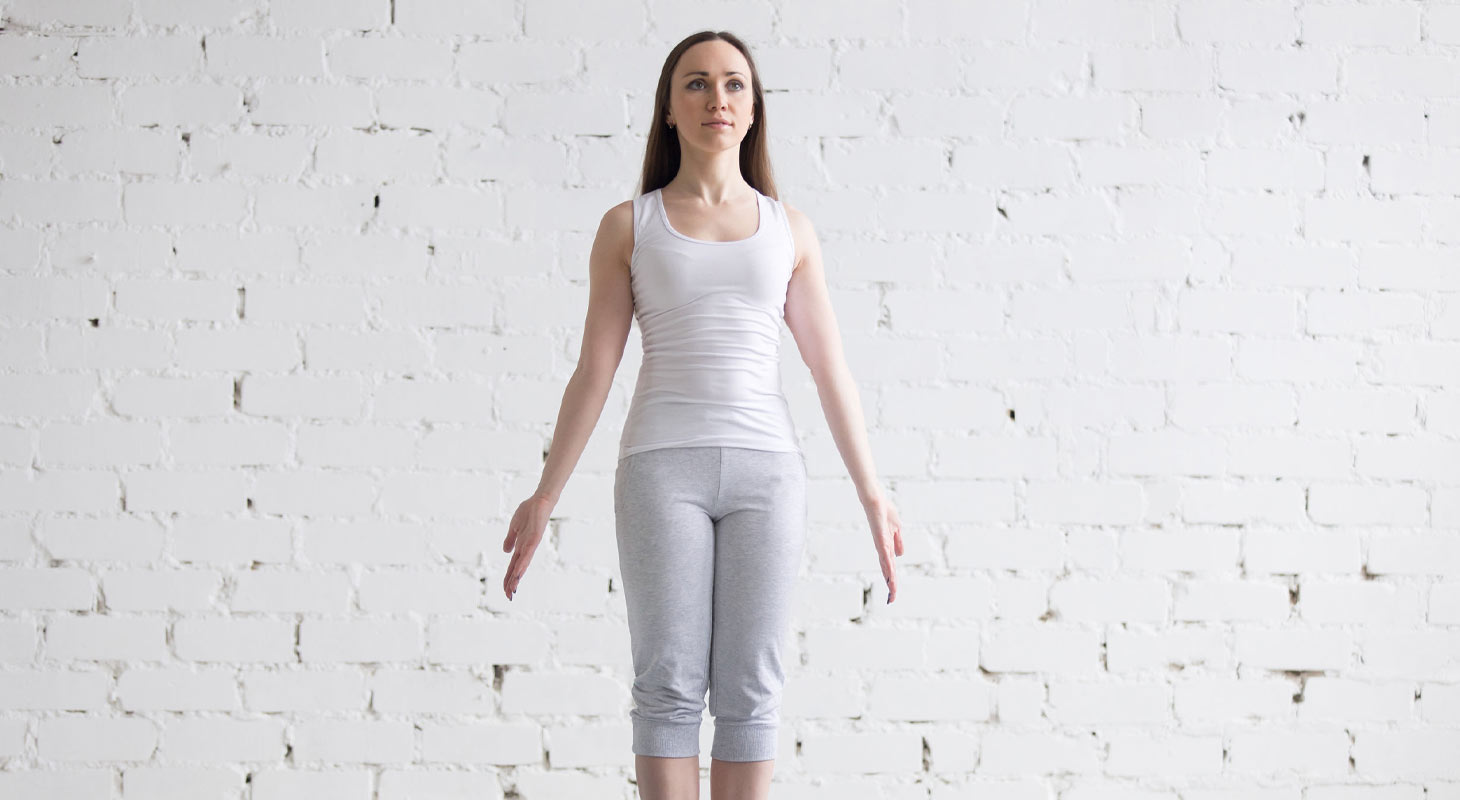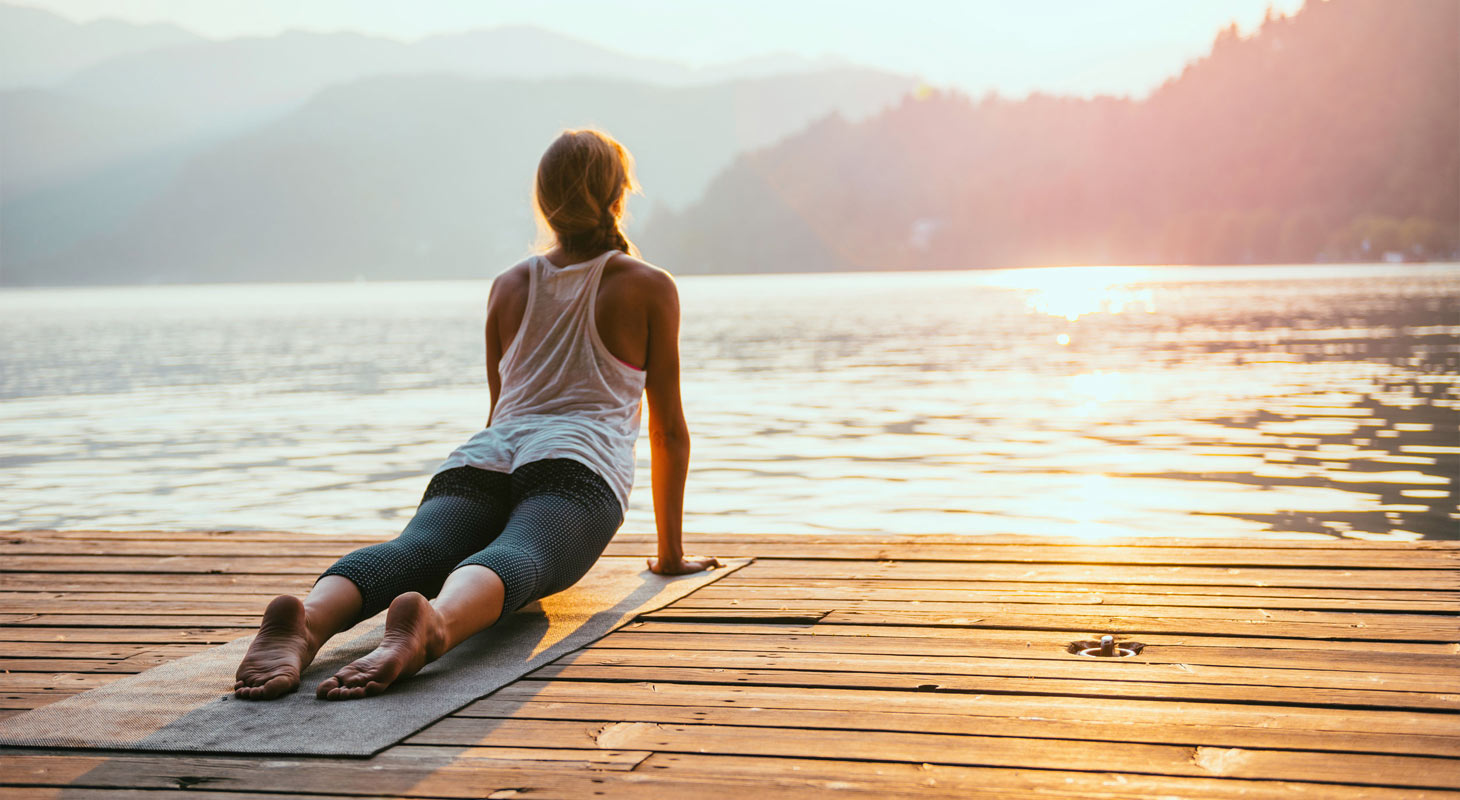Surya namaskar steps
The sun salutation, in Sanskrit Surya Namaskara, is a classic yoga sequence. Practiced regularly, it has many benefits and helps to correct certain energy imbalances. If you don't have time to practice yoga postures daily, the sun salutation alone may be enough.
In addition, you should know that it is better to practice a little bit every day than just two or three times a week. 20-25 minutes may be enough to get the benefits, this corresponds to 4 or 6 greetings.
What are the benefits of sun salutation?
Improve your energy flow
If you regularly feel tired when you get up in the morning, a sun salutation can be a good way to recuperate energy. Any one of us can practice these postures, and you don't have to be a yoga expert to benefit from them. Each organ of the body is perfectly irrigated, the blood is purified in its entirety and the body is truly toned. In addition, the postures will help to remove many of the energy blockages that parasitize your life.
Improve thoracic flexibility
Some energy blockages will cause stiffness in the rib cage and diaphragm. This is due most of the time to stress or a sedentary lifestyle. Repeated greetings to the sun will relax the muscle walls and the costo-vertebral joints, which will make your breathing more flexible.
Reduce the harmful consequences of stress
When we are stressed, we tend to take short, quick breaths and the air doesn't reach the bottom of our lungs. Ventilation is not adequate and the body is not well oxygenated. The sun salutation will help rectify his breathing and work with the diaphragm (main muscle of inspiration).
Stretching and muscle strengthening
Regular postures will improve your flexibility and properly stretch the different muscles of your body. In addition, postures that require a certain amount of sheathing will help strengthen the muscles involved.
Helps you lose weight
If your goal is to lose weight, the sun salutation can help you in your efforts.
Indeed, the fat molecules called triglycerides will, as they decompose, release carbon dioxide (CO2) molecules. This CO2 is expelled during breathing. However, when you breathe through your nose, the CO2 is expelled optimally.
According to several studies, the more you practice breathing through your nose, the more CO2 will be expelled. Thus, the elimination of fat will be significantly increased.

A form of meditation
When you practice the sun salutations you are truly guided, you only have to let yourself be carried along by the different postures and concentrate only on your breathing. Silence is required and only your breath should disturb the space. This moment is therefore perfect for silent and inner meditation. When your mind begins to wander, always try to focus on your breathing.
Finally, be thankful for the sun that rises each morning and gives you another sunny day. Be thankful for all the benefits it brings you, or simply for your life in general. We don't realize it, but we have a lot to gain that may not be so for other people.
As you become more grateful every day, you will find new reasons to be grateful. It is a virtuous circle that allows for an elevation of the spirit.
How does the sun salutation act on our body?
The sun salutation is a particular sequence that works largely on the breathing, and a specific area of the diaphragm, where the diaphragm divides the human body into two parts.
It doesn't stop there, since below the diaphragm there are several organs involved in digestion (liver, stomach), and above it are the vital organs (heart and lungs). When the central area of the diaphragm becomes blocked, the organs below and above may not function properly. Therefore, it is essential to free our diaphragm to be healthy.
The diaphragm works throughout the entire breathing process associated with sun salutation. That's because when the body is in an extended position we will breathe in through the nose and the diaphragm will contract. At the same time, the diaphragm carries with it the heart and lungs, which are pulled slightly downwards, while the stomach and liver move downwards and allow for better digestion.
Following the extension comes the flexion posture which will cause the respiratory muscle to relax. The organs previously mentioned make the opposite movements and the blood flow is increased in the whole area.
These different movements of extension and flexion will allow the different organs and the diaphragm to recover a certain elasticity. Indeed, regular mobilization will break the scar tissue and mobilize a whole set of ligaments.
The diaphragm being a central area in the well-being of the human body, it is also responsible for a multitude of problems that can be encountered. Therefore, these exercises are particularly beneficial to promote healthy breathing, proper organ function...
How to practice?

Laying of the mountain - Tadasana
Stand with your feet hip width apart. Press your palms together in a prayer position. Place your thumbs on your sternum and take several breaths.
Ascending Salutation - Urdhva Hastasana
Breathe in by swinging your arms sideways and upwards. Gently arch your back and look up at the sky.
Folding forward - Uttanasana
Exhale by bending forward from the hips. Bend your knees if necessary. Place your hands next to your feet and bring your nose to your knees.
Half-fold forward - Ardha Uttanasana
Inhale by lifting your torso halfway up, extending your spine forward so your back is flat. Your torso should be parallel to the ground. Keep your fingertips on the floor or bring them to your shins.
Placement of the four limb stick - Chaturanga Dandasana
Exhale as you take a step or jump back into the High Push-Up Pose, hands under the shoulders and feet shoulder-width apart at hip distance. Continue to exhale as you lower your body to the ground. Keep your elbows tucked to the sides.
Pose the dog face up Or Baby Cobra - Urdhva Mukha Svanasana
Inhale by pulling your chest forward and straightening your arms. Pull your shoulders back and lift your heart to the sky. If you are a beginner it is better to just bend your back at first without using your hands in the baby cobra position (see pictures).
Pose the dog face down - Adho Mukha Svanasana
Exhale by raising your hips and place the soles of your feet on the floor. Your heels do not need to touch the ground. Put your hands and the soles of your feet on the ground, lengthening your spine. Lift your belly. Stay in this position for five breaths. The last time you exhale, bend your knees and look between your hands.
Half upright forward fold - Ardha Uttanasana
Inhale when walking or jumping with both feet between your hands. Lift your torso halfway up, stretching your spine forward so your back is flat. Your torso should be parallel to the ground. Keep your fingertips on the ground or bring them to your shins.
Bending forward - Uttanasana
Exhale by folding your torso over your thighs. Bend your knees if necessary. Place your hands next to your feet and bring your nose to your knees.
Ascending Salutation - Urdhva Hastasana
Inhale by spreading your arms to the side and extending them again. Gently arch your back and look up to the sky.
Mountain pose - Tadasana
Exhale as you return to the first pose. Put your hands in the prayer position. Place your thumbs on your sternum. Repeat the sequence two or more times.
Remember two key points:
- Breathing is essential in this sequence of yoga, it is the breath that allows you to benefit from the many benefits it provides.
- The postures should preferably be practiced in the morning, and if possible before sunrise for the bravest among us.

Conclusion on the sun salutation
The sun salutation is one of the best known sequences of Yoga, it is practiced by millions of practitioners every morning around the world. Its many benefits will help you in your daily life and keep you healthy, whatever the time of the year. Easy to do, the postures are adapted to beginners who, with practice, will improve day by day.


